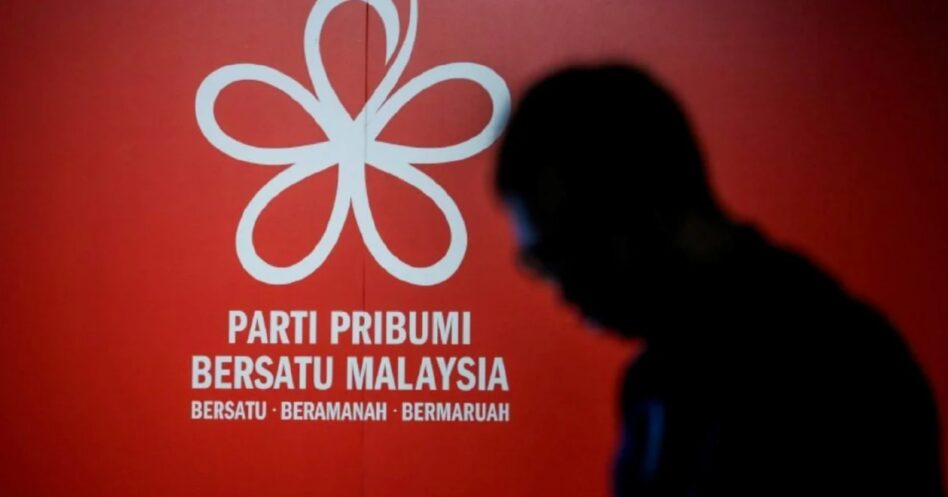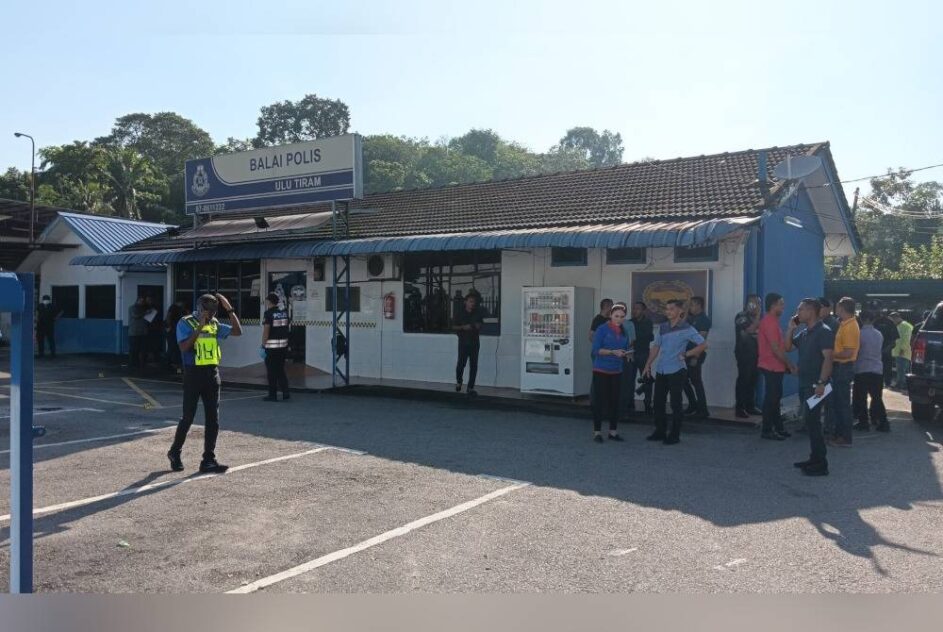NOW is the time to holistically think about a tax reform for Malaysia that can support Government revenues without undermining growth or discouraging private investments.
“The preferred tax reform should be one that is least distortionary and discouraging as possible for the country’s economic activity. It has to nudge in favour of a saving-oriented mentality and has to keep the investment pace from both overheating and depressing,” according to Centre for Market Education (CME) CEO Dr Carmelo Ferlito.
This comes against the backdrop of Finance Minister Tengku Datuk Seri Zafrul Abdul Aziz announcing that the Government is considering a windfall tax alongside a capital gain tax to support federal revenues in the current moment of difficulty.
In this regard, CME has mooted five pillars for a balanced tax reform:
- Reducing income tax and shifting toward a consumption tax
As it believes that the key driver for sustainable growth is private investments, CME suggests that the Government spur them by launching a commitment signal in the form of a moderate income tax reduction.
While CME advocates a shift toward indirect taxation, the shift must be accompanied by higher standards of enforcement – both for direct and indirect taxes – and by the reduction of unnecessary government expenditures
- Introducing a targeted good and service tax (GST)
The reduction of the income tax should be partially replaced by a consumption tax. The case for a consumption tax mainly lies in the possibility of stimulating household saving in a country like Malaysia which is burdened by a very high household debt.
Against potential regressive effects, we suggest a progressive consumption tax comprising:
Exempted goods (items related to the basic consumption habits of the lower-income population such as rice);
- Low-rate GST (3%) on key-development items such as culture and education related goods;
- Middle-rate GST (6%) on all the goods not identifiable with the other three categories; and
- High-rate GST (10%) on luxury goods.
The GST reintroduction can become an occasion to test the possibility of a higher degree of tax devolution with the local states more involved in tax collection so that they may have more directly access to funds that can be used to support the territory.
We propose the T-GST to be collected by the state with 20% of it is retained by the state while 80% is transferred to the Federal Government.
- A special scheme for micro businesses
Microvbusinesses can be supported in exiting the shadow economy with a special accounting and tax system whereby a flat and low tax is applied on the self-declared turnover while most of the accounting and reporting burdens are waived.
- The special purpose tax for COVID-19
Given the fiscal deficit that has increased substantially due to the allocations required for the COVID pandemic, CME proposed a special purpose tax (SPT) of 5% to be imposed in Malaysia on taxable profits of corporations above a specified threshold.
Such a tax should be imposed for a two-year period for the assessment years 2021 and 2022 and removed after that.
The objective would be to channel this SPT to a specific medical fund that would allow hospitals to immediately (within the short term) enhance their medical resources and capacity so that more intensive care unit (ICU) beds/units can be set up and more medical equipment can be acquired to manage the huge number of cases being reported.
- A counter-cyclical progressive capital gain tax
A progressive capital gain tax (PCGT) would help the economic system in growing within the boundaries of a sustainable growth corridor. Thus, this tax could be an automatic stabiliser to investment behaviour as it will generate a situation where the lower the return, the lower is the tax rate.
It is well known that low return investments are the ones linked with low risk and therefore such a tax would favour conservative behaviour. Overall, we would see a shift in the behaviour away from highly speculative investments promising a high rate of return because some investors will lose interest because of the increased tax burden.
In a situation where the economy finds itself above the corridor (overheating), fewer people will join the bandwagon and the dangerous bubble formation might evolve at a slower speed.
This would give the system the chance to slow down on its own or integrate the highly dynamic sectors in such a way as to widen bottlenecks before a looming breakdown.
In times when the economy is stagnating and is below the neo-Schumpeterian corridor, the low tax rates incite investors to leave their money in the capital market and support a sustainable development.
Furthermore, the government would increase its tax receipts above average in boom times due to the rising tax rates and could, theoretically, use the money to support the economy in times when it nevertheless falls through the corridor.
With this scheme, innovative industries may still attract investors at the beginning of their expansion when expected returns are low and financial resources are more needed, while the influx of second-comer speculators may be contained precisely because they tend to enter the game when returns are rising and therefore they could be discouraged – at least to a certain extent – by increasing taxation. – Sept 27, 2021










